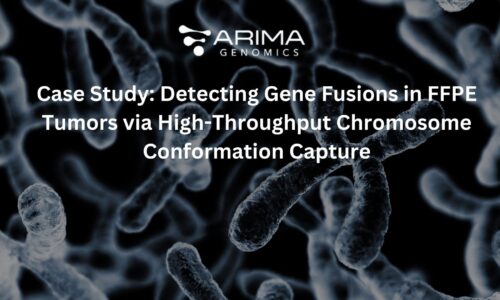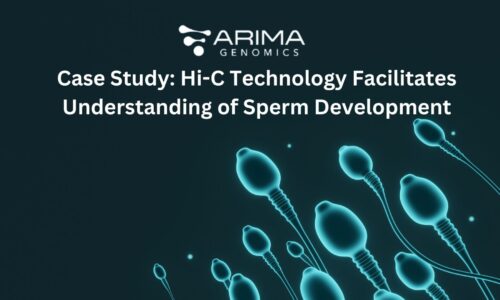July 1, 2025
Share
A groundbreaking study published in Blood Advances by researchers from Massachusetts General Hospital has identified a previously unrecognized phenomenon called “chromosomal mimicry” in blood cancers. This research leveraged Arima Hi-C technology as a critical diagnostic tool, representing a significant advancement in precision oncology.
The Challenge: When Chromosomes Lie
Traditional cytogenetic methods have long served as the gold standard for detecting chromosomal abnormalities in blood cancers. However, this study of 380 patients with myeloid and immature lymphoid malignancies revealed a surprising limitation: in 1% of cases, conventional cytogenetics detected what appeared to be disease-defining rearrangements, but targeted RNA sequencing failed to confirm the expected gene fusions.
This phenomenon, termed “chromosomal mimicry,” occurs when chromosome morphology resembles a known structural variant but lacks the expected gene-level rearrangement.
How Arima Hi-C Technology Solved the Mystery
When standard diagnostic approaches yielded conflicting results, researchers turned to Arima Hi-C technology to resolve these diagnostic dilemmas. Hi-C works by preserving the spatial organization of chromatin, allowing researchers to capture interactions between DNA sequences that are distant in linear sequence but close in 3D space.
In one striking case, a patient with acute myeloid leukemia showed t(8;21)(q22;q22.1) by conventional cytogenetics, typically associated with the RUNX1::RUNX1T1 fusion. However, RNA sequencing failed to detect this fusion. Using Arima Hi-C technology, researchers revealed the true breakpoints at t(8;21)(q13.1;q22.13) within different genes entirely—a rearrangement that mimicked the classic translocation morphologically but involved completely different genes.
Clinical Impact and Future Directions
The study demonstrated that combining traditional cytogenetics with modern molecular approaches, including Hi-C, improved detection of clinically relevant findings by 10% compared to conventional methods alone. This improvement was particularly pronounced in T-cell acute lymphoblastic leukemia, showing a 35.7% detection rate for clinically relevant fusions using molecular methods.
Arima Hi-C technology proved especially valuable because it can detect structural variants across the entire genome without requiring prior knowledge of specific breakpoints—crucial for identifying complex rearrangements that may be missed by targeted approaches.
Conclusion
The identification of chromosomal mimicry highlights both the limitations of traditional cytogenetic approaches and the transformative potential of modern genomic technologies. By leveraging Arima Hi-C technology, researchers not only solved diagnostic mysteries but also established a new framework for understanding how chromosome structure relates to cancer biology.
This study exemplifies how innovative genomic technologies can enhance clinical care, ensuring patients receive accurate diagnoses and appropriate treatments in the era of precision medicine. Read the full paper here.



